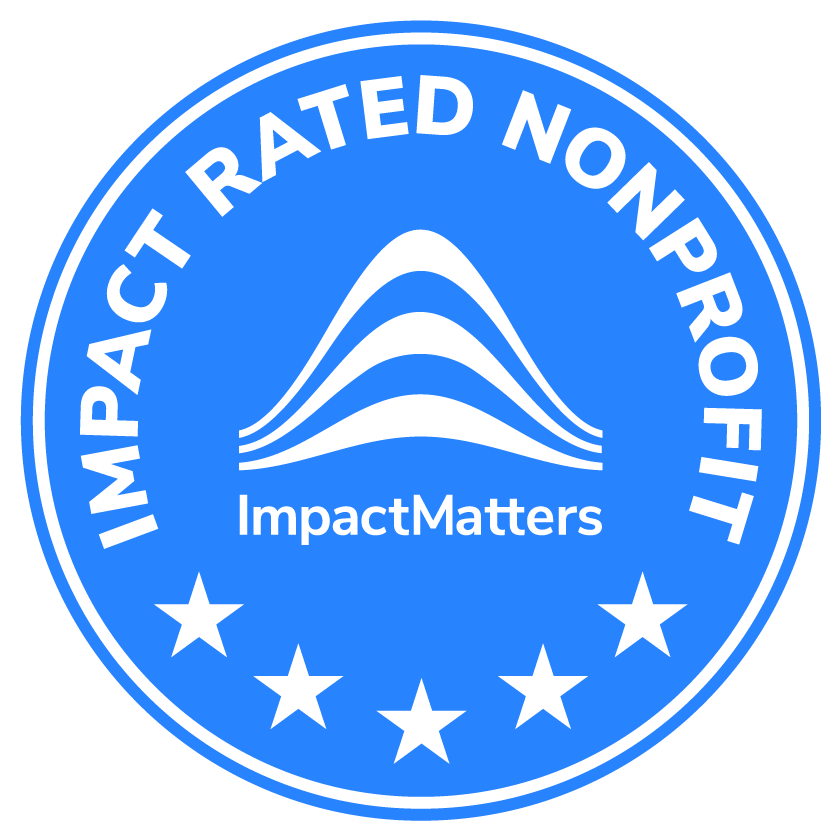Committed to rural transformation, MokshaYug Access (MYA), the company behind the brand MILK ROUTE, in association with Upaya Social Ventures, released its first Social Performance Metrics report for 2012-2013. MYA undertook this evaluation to measure the social impact of its dairy business and assess the benefits MILK ROUTE has had on the lives of dairy farmers. The survey was conducted over a course of four months in 2012 and covered a total of 1,486 households across 269 villages in the districts of Tumkur, Mandya and Kolar.
According to key findings of the survey:
- MILK ROUTE households reported a 24% higher average per capita income when compared to their counterparts (Control Group households).
- By virtue of access to high quality cattle feed and veterinary services, MILK ROUTE households produced milk that consistently beat the industry’s average yield parameters, as measured by percentage fat and non-fat solids. These higher yields provided an additional 10% in earnings per litre for the households.
- MILK ROUTE households were also able to provide, on average, 5.5 more litres of milk per month to their children compared to households that were not suppliers of the MILK ROUTE dairy. The choice to consume more at home versus selling the milk demonstrated greater income security in general.
- As a result of increased, regular and transparent compensation combined with a support system that included access to training, high quality feed, and veterinary services— nearly 41% of all MILK ROUTE households reported dairy as their primary livelihood versus 25% of households before MILK ROUTE was introduced.
Harsha Moily, Founder and CEO, MokshaYug Access said, “One of MYA’s key objectives is to create income certainty for the farmers through our First-mile focus. It is encouraging to know that our efforts of transforming rural households are paying off. The social performance metrics survey helped us analyze our progress in our farmer centric approach and also helped us understand the gaps and what we need to do next to take this to the next level.”
Sachi Shenoy, Executive Director, Upaya Social Ventures added, “We believe in partnering with businesses that transform lives by creating dignified job opportunities. It is encouraging to see that MYA has had an impact on the lives of so many dairy farmers in Karnataka. This is just the beginning and we look forward to growing our association with MYA.”
METHODOLOGY: The data collection for MILK ROUTE involved both quantitative and qualitative approaches and relied on the usage of standard survey tools to directly collect and assimilate data from farmers. The SPM evaluation was carried out in three districts of Karnataka, namely Kolar, Mandya, and Tumkur. A total of 1,486 households were surveyed from 269 villages and fall into one of two groups: those who are suppliers of the MILK ROUTE dairy and those who are not (Control Group).
The process of narrowing down which MILK ROUTE households to survey included three tiers of selection criteria. In the first tier, milk procurement estimates were taken for each district to help in the selection of MILK ROUTE villages. Based on the percentage of milk procured from each district, a proportional number of sample villages were selected. Thus, 49% of the MILK ROUTE households were selected from Tumkur, 40% from Kolar, and 11% from Mandya, which roughly aligns with the fact that 48% of the total milk collected by MILK ROUTE comes from Tumkur, 44% from Kolar, and 8% from Mandya. In the second tier, the selection of individual villages was further qualified through purposive sampling. The only villages eligible for selection were ones that provided over 80 litres of milk per day to MYA. The third tier involved a random selection of households based on the short list of villages prepared through purposive sampling.
Control Group villages were selected in order to establish a proxy baseline to aid and assist in comparison. The selection of Control Group villages was completed through a matching process. This exercise involved each MILK ROUTE village being matched to a Control Group village based on key parameters such as economic activity, demographic profile, access to infrastructure, and distance to the nearest city. The selection of Control Group households was also purposive, i.e. those who did not own cattle were screened out.
To download a copy of the report,
click here
.









